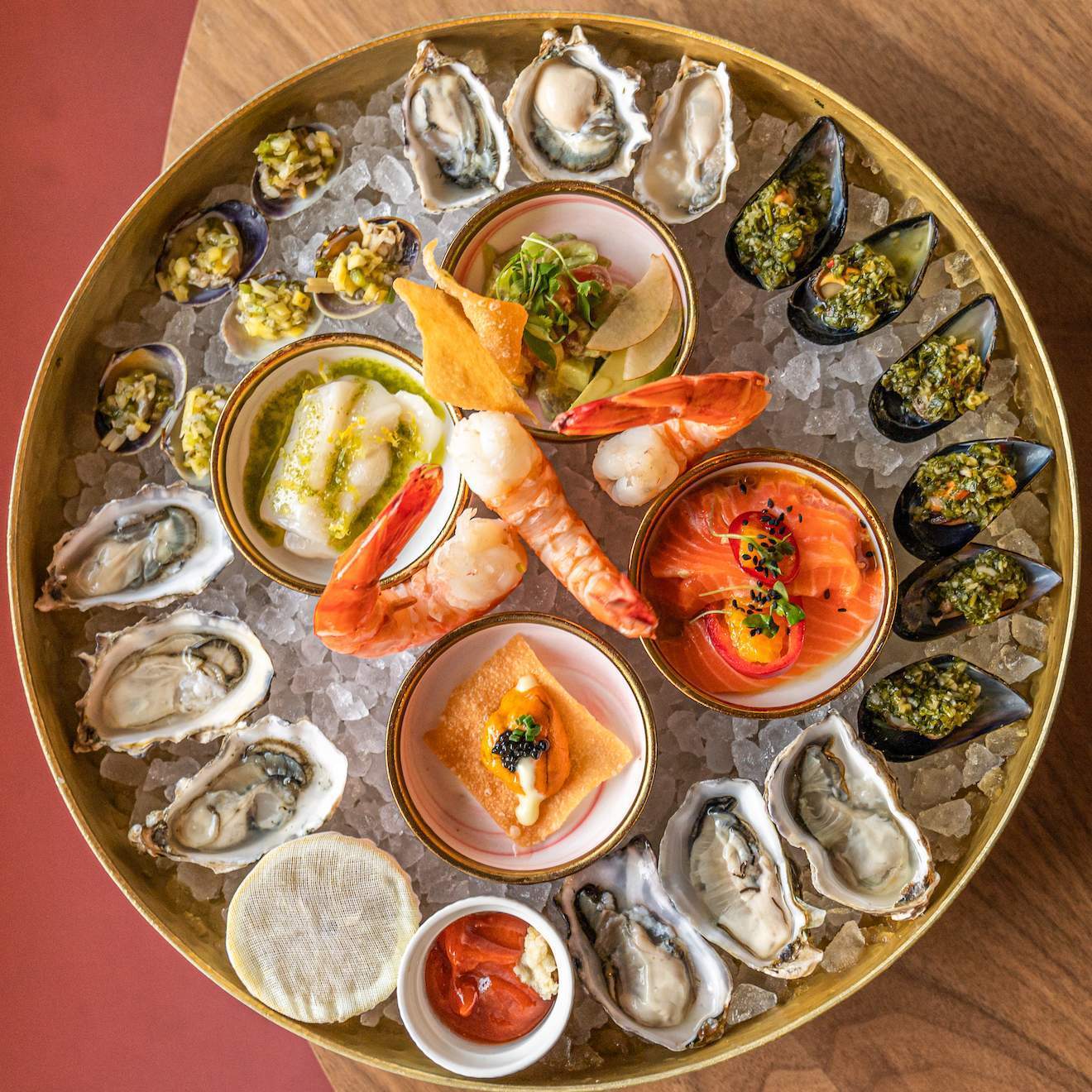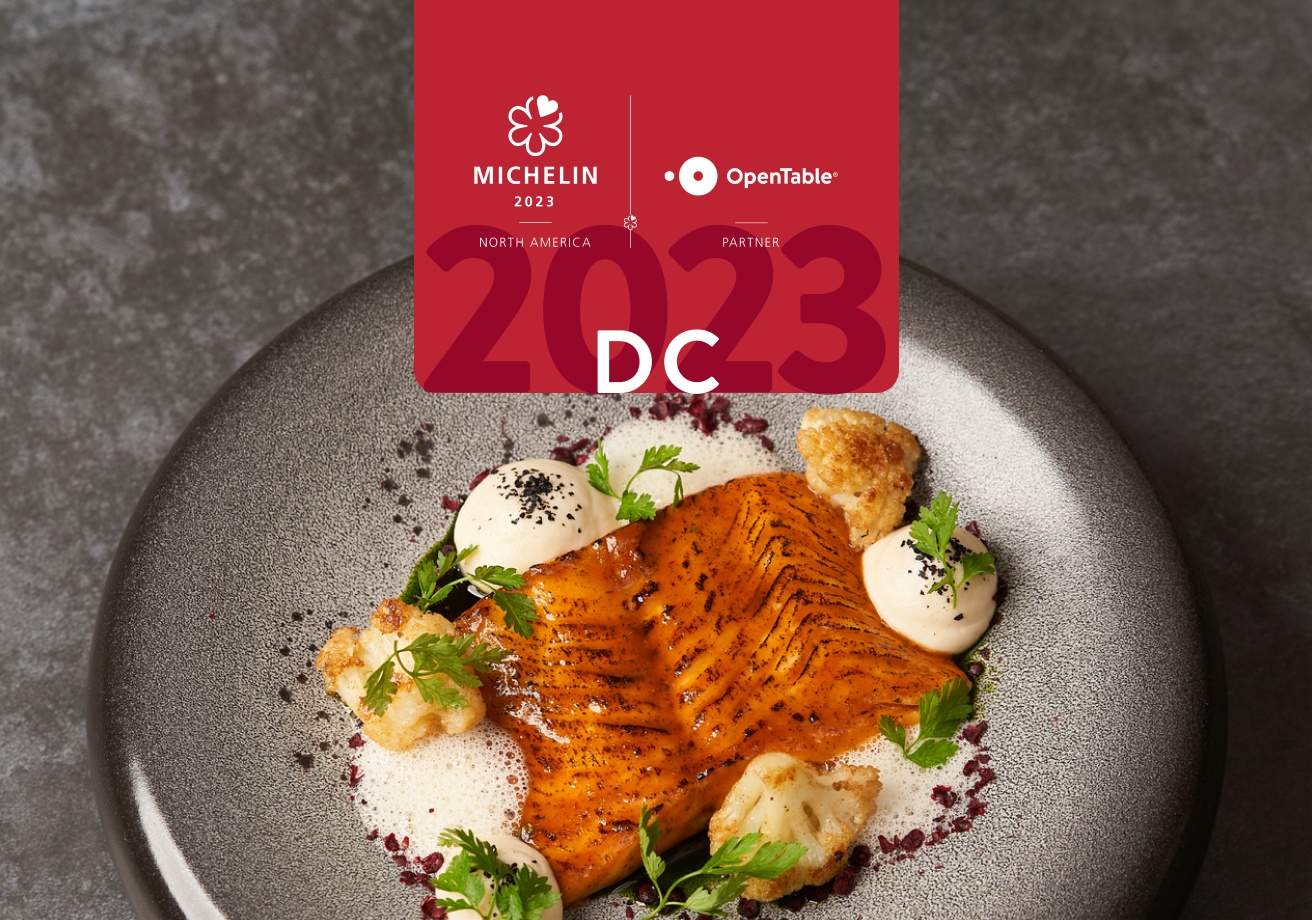Restaurants have long used buzzwords such as “farm-to-table,” “locally sourced,” or “nose-to-tail” to describe their missions. And now, a new term has been gaining popularity: “zero-waste kitchens.” The name is fairly self-explanatory, but what goes into accomplishing wasting little to no food at a restaurant is more complex.
As restaurants try to not only become healthier businesses, many are also trying to become healthier for the planet. In 2017, a study from the Natural Resources Defense Council suggested that restaurants in the United States generate up to 33 billion pounds of food waste each year. Around 10 percent of food purchased by chefs and restaurateurs is ultimately thrown away or otherwise wasted before ever reaching a diner’s plate.
So in recent years, a growing number of restaurants across the country have sought to turn the tide on this massive food waste figure, increasingly embedding the concept of sustainability into their cooking ethos. Here’s how four restaurants around the U.S. are ensuring that sustainability is at the heart of their businesses.
What exactly does zero-waste mean?

Achieving true zero-waste is no easy feat. In order to be officially certified zero-waste, restaurants must divert 90 percent of their resources away from trash bins and refills. This requires reducing, reusing, or otherwise recycling the vast majority of their ingredients, tools, and other resources.
At Equinox Restaurant in Washington, D.C., which first opened its doors in 1999, being a nearly zero-waste kitchen has always been one of the establishment’s pillars of success. To achieve that, the restaurant literally goes through its trash to compost and regrow the same ingredients used in day-to-day operations.
“When you can actually see the circular effect of composting and reducing waste, it’s pretty easy to establish a staff-wide mission of sustainability and making it part of where we work and what we do,” co-owner Ellen Kassoff says.
Beyond reducing waste, many restaurants also seek to source their ingredients locally, which in addition to the cultural support makes financial sense by cutting down on transportation costs. “One of the best ways for us to maintain the integrity of our prices and products — during the pandemic or otherwise — is to utilize whole ingredients,” chef Kyle Bailey of The Salt Line in Washington, D.C., says.
Other restaurants also invest in conservation efforts, like Pier 6 Seafood & Oyster House and its associated fishery Prestige Oysters in Houston. Owner Raz Halili says that by recycling 100 percent of the oyster shells processed at Prestige, the restaurant in turn enriches the reefs with limestone contributions to encourage natural growth and year-round availability. “It’s important to our team to sustainably harvest seafood from nearby waters,” he adds, which allows employees to reduce their own carbon footprints.
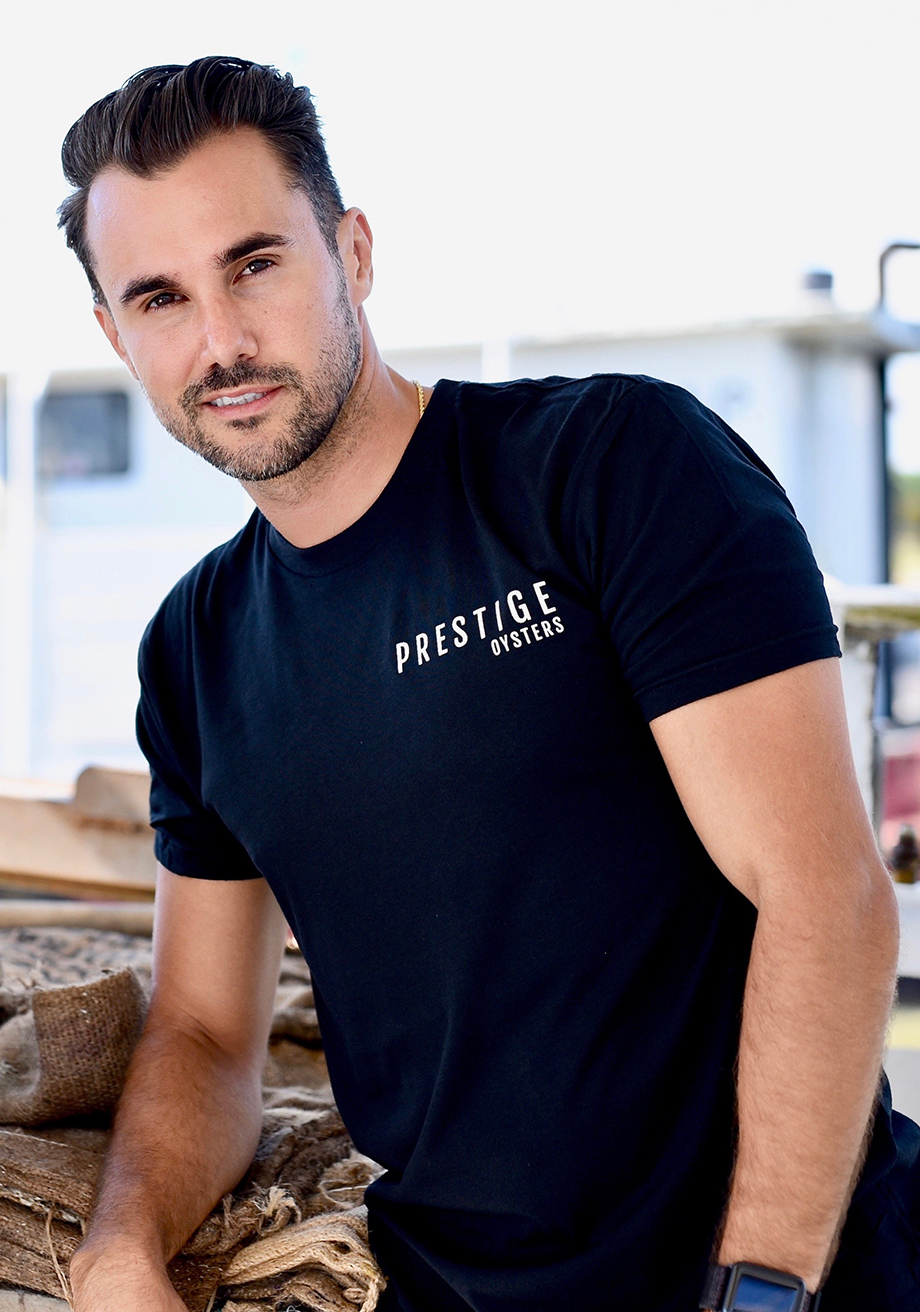
What are the pros and cons?
While utilizing every ingredient in multiple ways may help each dollar spent go further, running a sustainable business also often requires more dollars to begin with. Being low-waste can be expensive, Equinox’s Kassoff explains, with extra money going toward practices such as composting, using biodegradable to-go containers, and washing stainless steel straws.
But for the Equinox team, being sustainable is not about saving money. Instead, Kassoff says, the business decision behind being low-waste “was made to help save the planet and all that inhabit it.” Pier 6’s Halili echoes that sentiment.
Given that food waste accounts for around 11 percent of all greenhouse gas emissions, the zero-waste movement could have a significant impact on the environment. In the United States alone, lost or wasted food generates the same amount of emissions as 37 million cars. Moreover, diners support restaurants that prioritize sustainability — in a 2021 OpenTable survey of over 21,000 diners, more than half of respondents said it was important to them that restaurants implement environmentally friendly practices.*
How has the pandemic affected the cause?
The onset of the pandemic has, on the one-hand, deepened some chefs’ and business owners’ resolve toward sustainability.
For Texas farmer Sonya Cote, the pandemic actually spurred her to open a restaurant in the first place.
“We have been big supporters of the local food movement for over a decade, buying products exclusively from Texas or using produce from our farm,” she says. “But when the pandemic hit, we became full-time farmers. The perception of our food supply became clear as big-box grocery stores ran out of quality vegetables and meats, which reinforced the fact that more family farms are needed now more than ever.”
So Cote opened Store House Market + Eatery in Bastrop, Texas, a seasonally driven restaurant and market that showcases the local area’s bounty. “The restaurant increases our local buying power and helps to increase demand and support for Central Texas farms and ranches,” she explains.
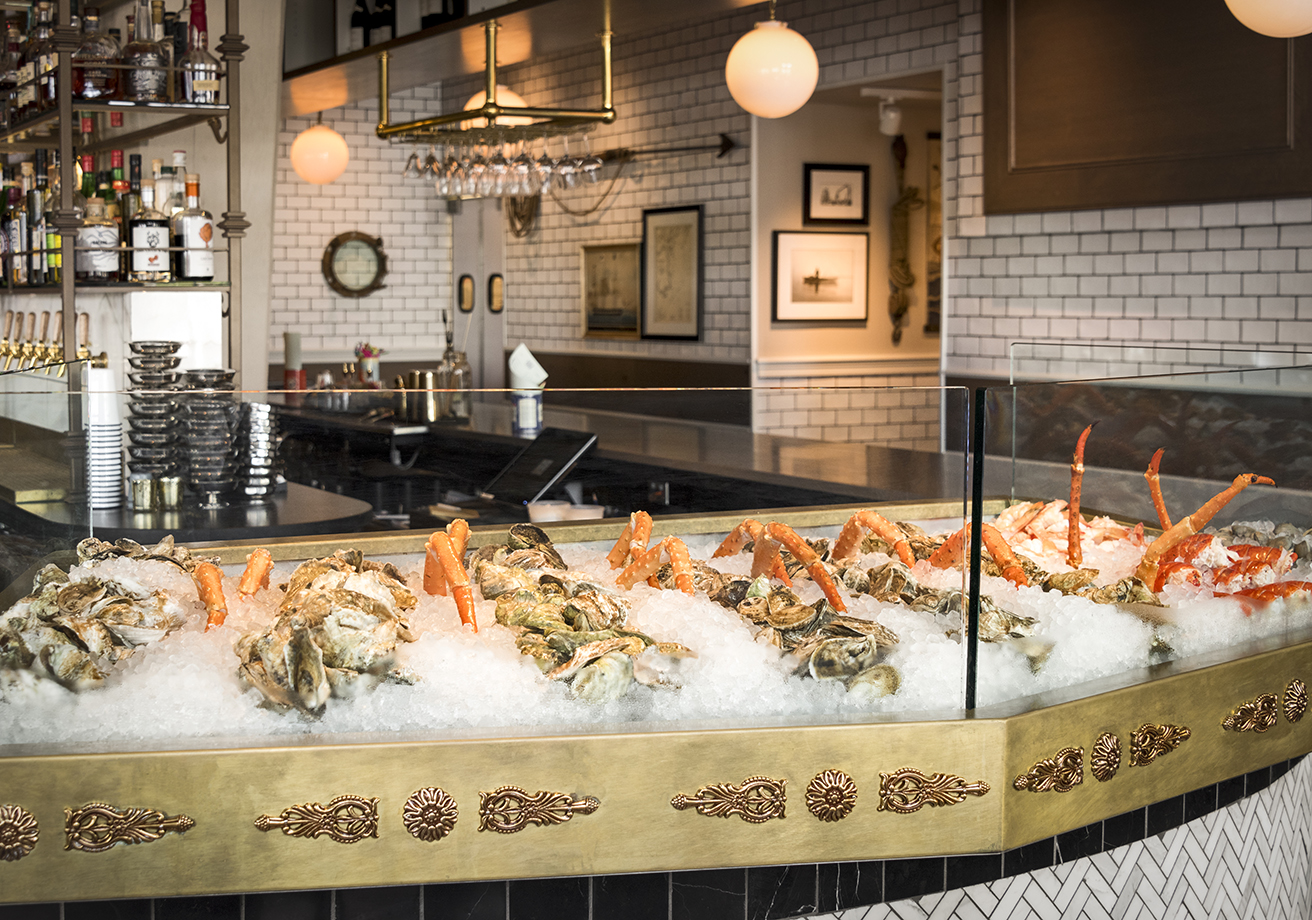
Other chefs hit that very same sourcing issue. At The Salt Line, chef Bailey struggled to procure local seafood when many of the Maryland crab houses closed, and the low supply contributed to fluctuating prices. The sourcing problem hit Halili’s restaurants, too, when local fisheries would occasionally struggle to bring enough fresh fish. “Some days, that means we cut it really close when it comes to getting enough ingredients,” Halili says.
The amount of waste generated has also increased significantly in the face of the pandemic, Kassoff notes. Restaurants are now using more takeout containers and PPE, as well as utilizing a range of additional chemicals for sanitation purposes, she says. “We have to use tons more paper towels, and there are certain materials that can’t be reused and must be thrown away like masks, gloves, and other PPE.”
But this isn’t to say that the pandemic has had an exclusively negative effect on sustainability efforts. In fact, Kassoff notes that Equinox (like many other restaurants) now uses a QR code menu instead of utilizing paper, and that the restaurant has moved away from Sunday brunch buffets, which contributed to a lot of food waste. “Now we plate dishes in the kitchen, so diners take and waste far less than they might otherwise,” she says.
So what is the future of zero-waste?
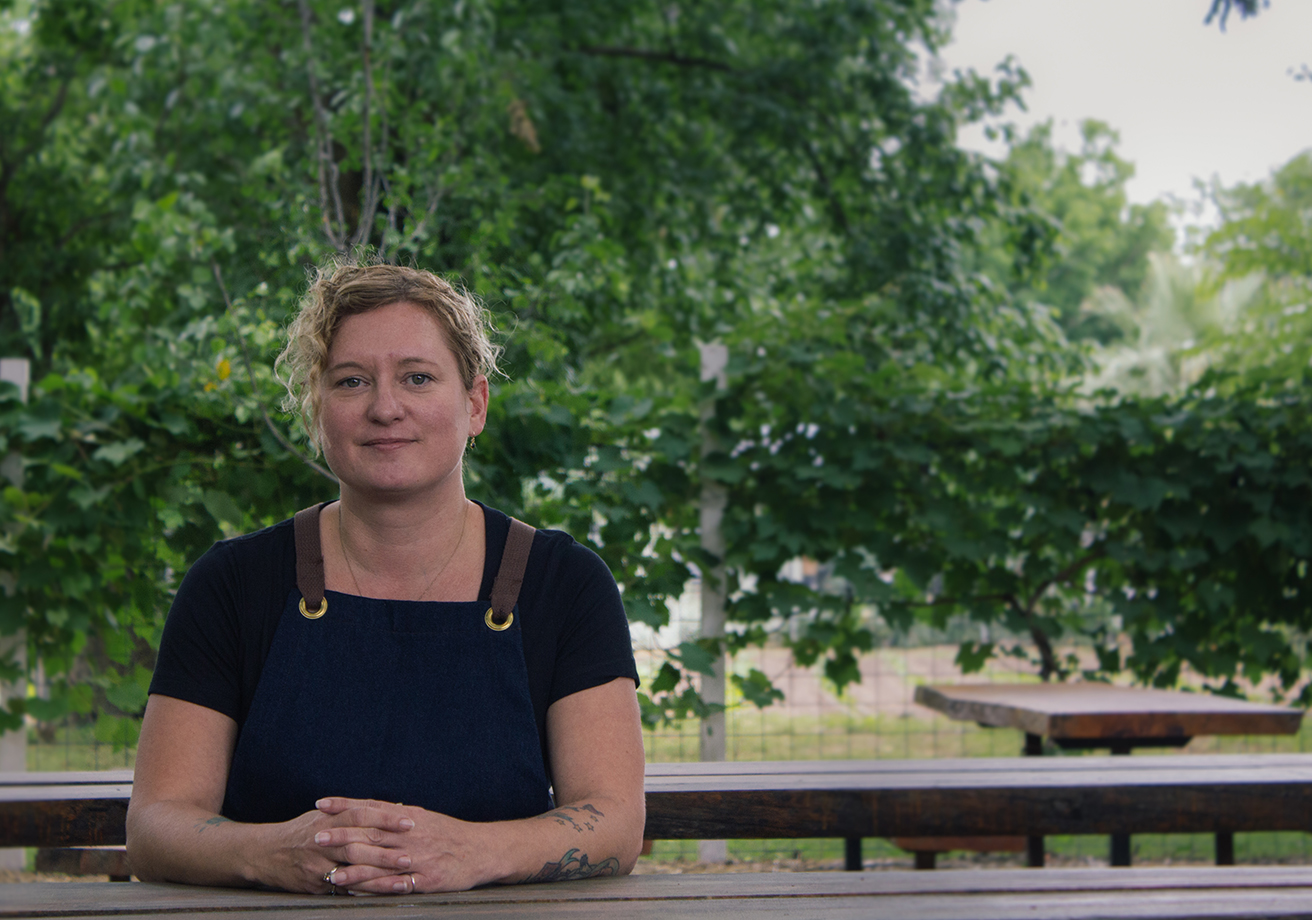
The pandemic has fundamentally altered the face of many restaurants, affecting almost every aspect of the industry’s business. When it comes to sustainability, some of the early movers in the low-waste space remain unsure of how restaurants will adopt sustainable practices as they attempt to recover from the last year. But those pioneers remain as committed as ever to the movement.
“We believe restaurants should take care of their own local economy and source to support our small family farmers,” Cote says. “For restaurants already sourcing locally and practicing sustainability before the pandemic, it will only give them more pride to continue those relationships. If they choose to do it after the pandemic, it will only strengthen our food systems, our local economy, and reinvest in our planet.” Simply put, Cote notes, “It would behoove all local people to invest in their local economies as it would make our local supply chain stronger, better, more efficient, and more resilient.”
And for folks like Cote, Halili, Bailey, and Kassoff, running sustainable restaurants is part and parcel of providing great service — even if that means literally digging through the trash for their diners.
*OpenTable surveyed over 21,000 diners in the U.S. and Canada on the OpenTable network between February 7, 2021 and February 15, 2021.
Elsie Yang is making a brave attempt at eating her way around the northeast, and sharing her experiences as she goes.


